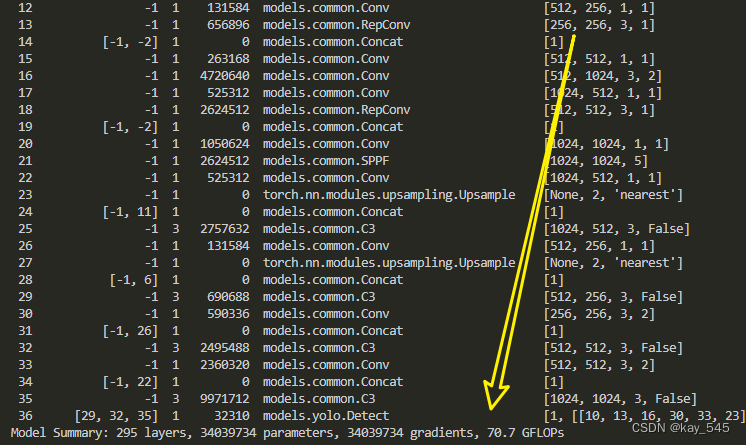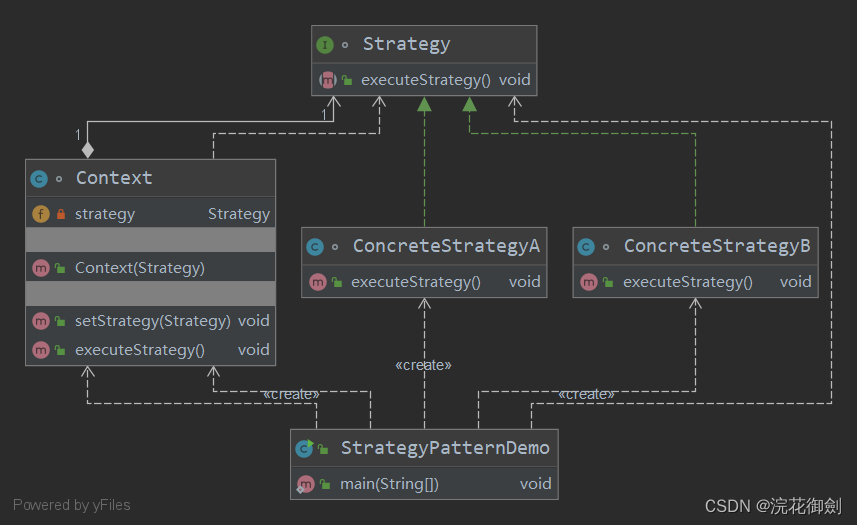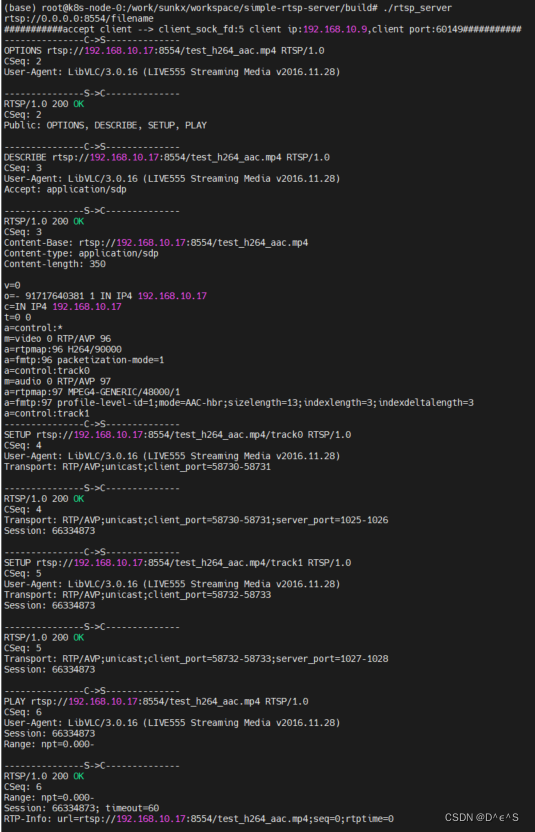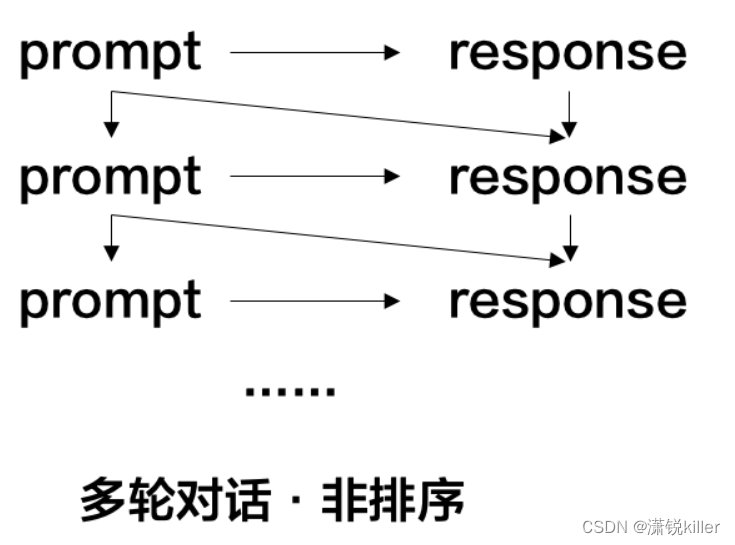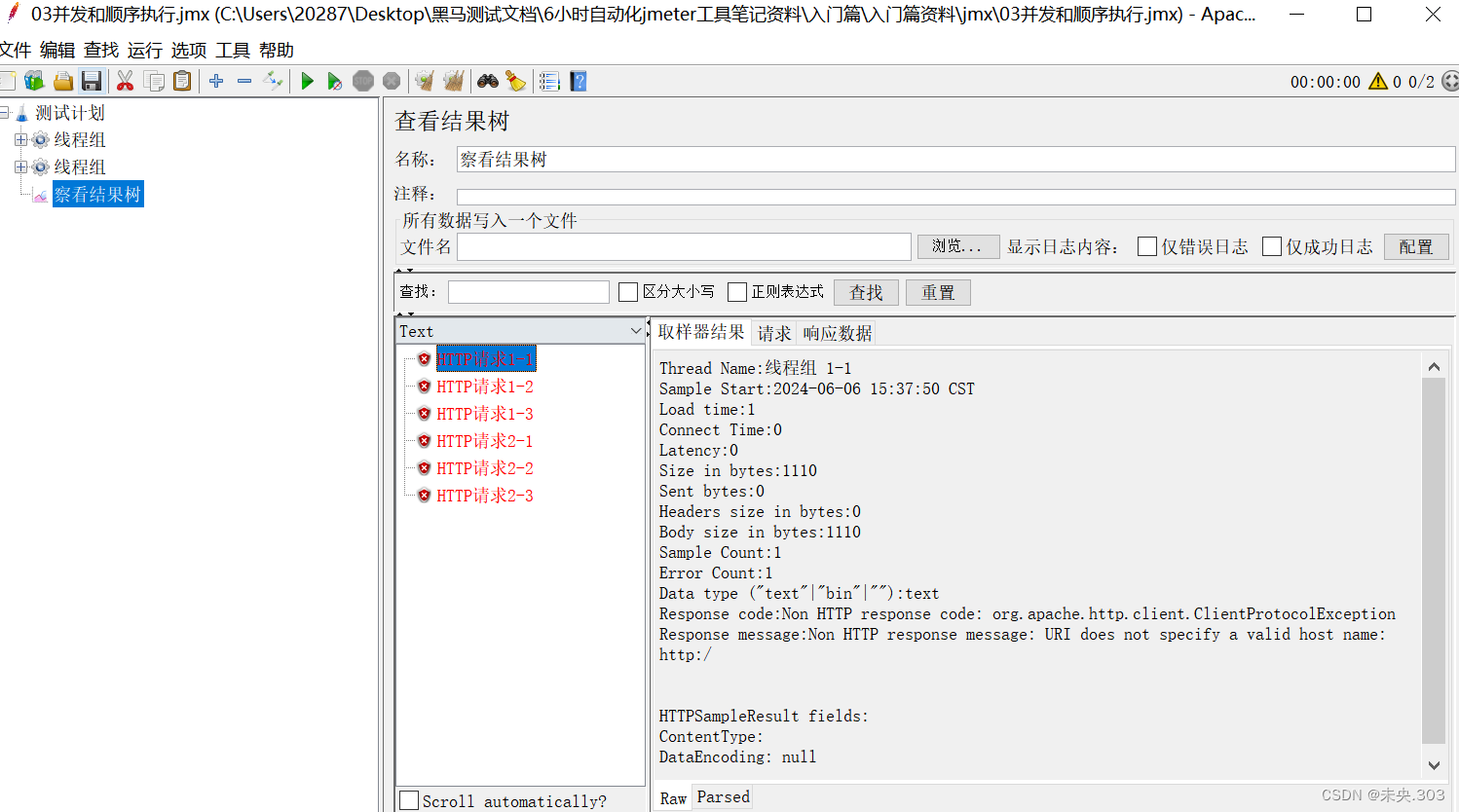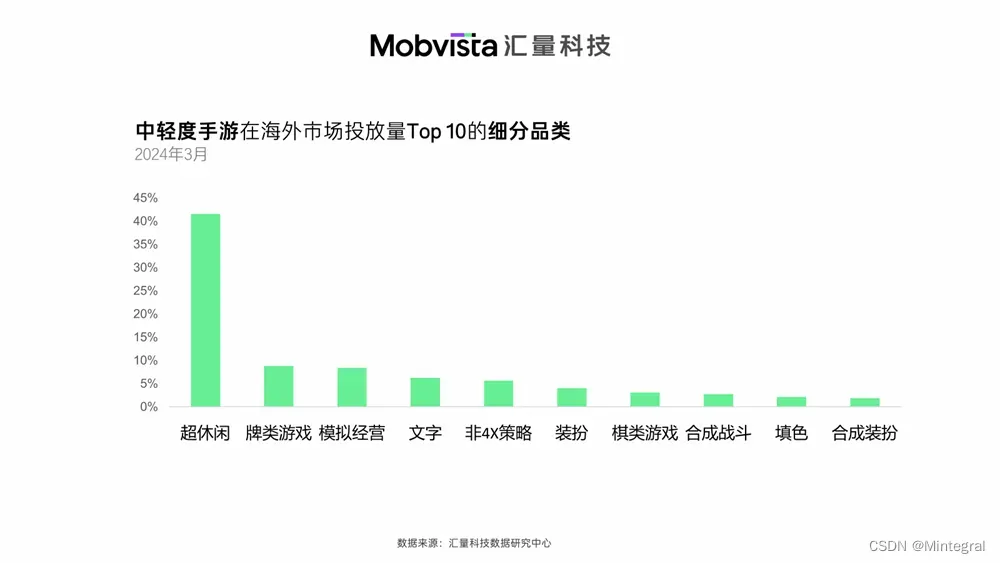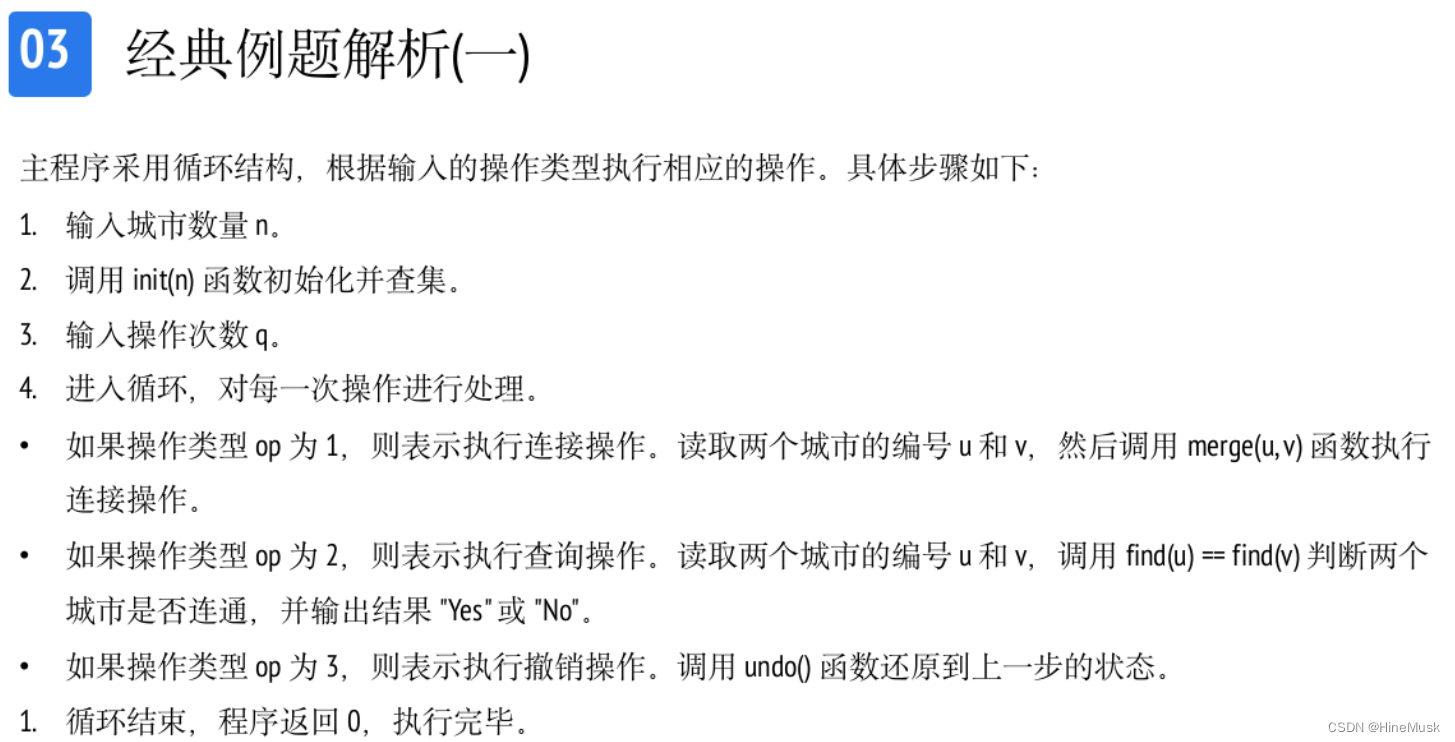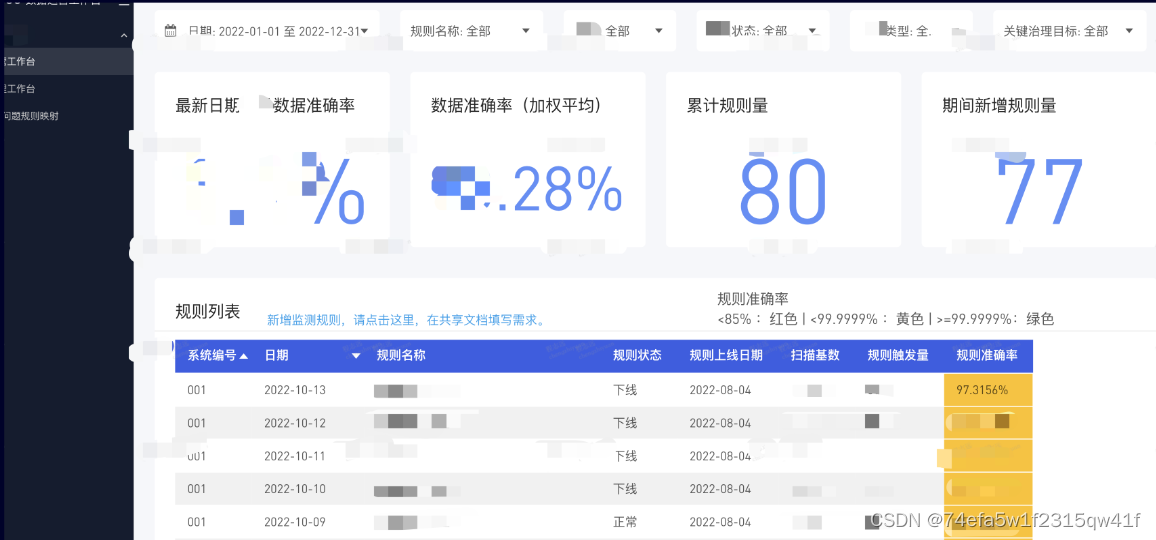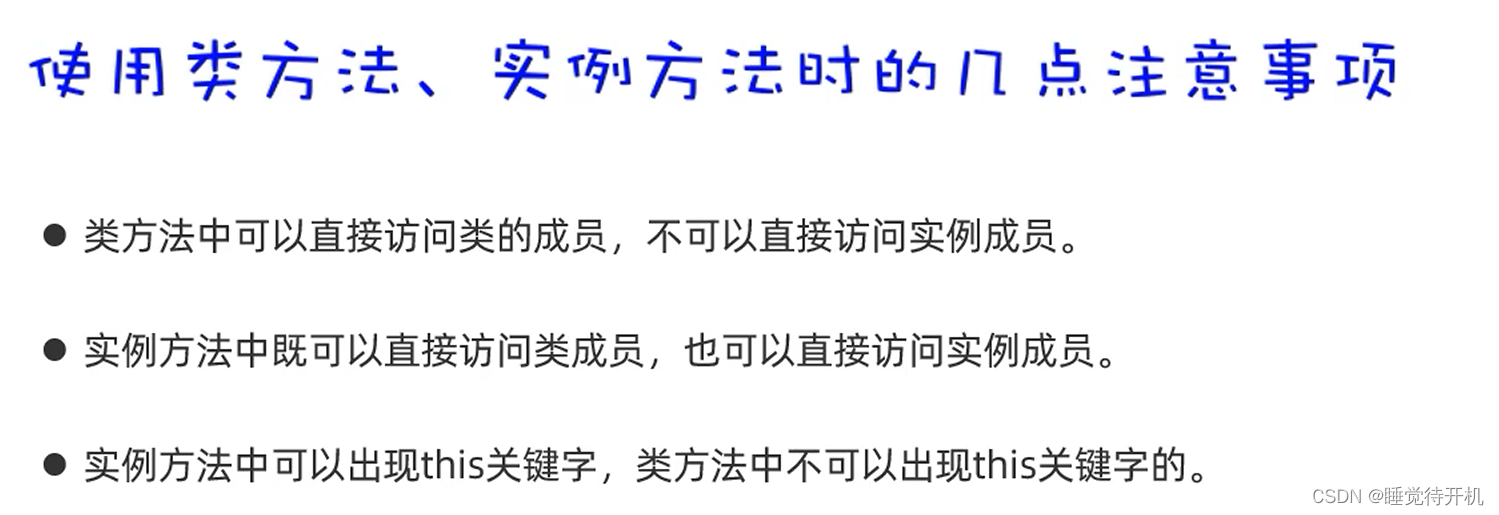组合总和
题目描述:
给你一个 无重复元素 的整数数组 candidates 和一个目标整数 target ,找出 candidates 中可以使数字和为目标数 target 的 所有 不同组合 ,并以列表形式返回。你可以按 任意顺序 返回这些组合。
candidates 中的 同一个 数字可以 无限制重复被选取 。如果至少一个数字的被选数量不同,则两种组合是不同的。
对于给定的输入,保证和为 target 的不同组合数少于 150 个。
示例 1:
输入:candidates =[2,3,6,7],target =7输出:[[2,2,3],[7]] 解释: 2 和 3 可以形成一组候选,2 + 2 + 3 = 7 。注意 2 可以使用多次。 7 也是一个候选, 7 = 7 。 仅有这两种组合。
示例 2:
输入: candidates = [2,3,5], target = 8
输出: [[2,2,2,2],[2,3,3],[3,5]]
示例 3:
输入: candidates = [2], target = 1
输出: []
提示:
1 <= candidates.length <= 302 <= candidates[i] <= 40candidates的所有元素 互不相同1 <= target <= 40
思路分析:
使用深度优先遍历 实现,使用一个列表,在 深度优先遍历 变化的过程中,遍历所有可能的列表并判断当前列表是否符合题目的要求。如果不符合进行剪枝。
说明:
- 以 target = 7 为 根结点 ,创建一个分支的时 做减法 ;
- 每一个箭头表示:从父亲结点的数值减去边上的数值,得到孩子结点的数值。边的值就是题目中给出的 candidate 数组的每个元素的值;
- 减到 0或者负数的时候停止,即:结点 0和负数结点成为叶子结点;
- 同时每一次搜索的时候设置 下一轮搜索的起点
begin,即:从每一层的第 222 个结点开始,都不能再搜索产生同一层结点已经使用过的candidate里的元素。
代码实现注解:
class Solution {
public List<List<Integer>> combinationSum(int[] candidates, int target) {
//定义一个返回结果的集合
List<List<Integer>> res = new ArrayList<>();
//定义一个表示数组的长度变量
int len = candidates.length;
if(len == 0)
return res;
//升序排序
Arrays.sort(candidates);
//定义一个存储树路径上的节点值的队列
Deque<Integer> path = new ArrayDeque<>();
//深度搜索,调用函数
dfs(candidates, 0, len, target, path, res);
return res;
}
private void dfs(int[] candidates, int begin, int len, int target, Deque<Integer> path,List<List<Integer>> res) {
// 由于进入更深层的时候,小于 0 的部分被剪枝,因此递归终止条件值只判断等于 0 的情况
if (target == 0) {
//将节点值存入返回集合
res.add(new ArrayList<>(path));
return;
}
//begin用于记录当前遍历位置
for (int i = begin; i < len; i++) {
//剪枝操作,将叶子节点小于0的分支减掉
if (target - candidates[i] < 0) {
break;
}
path.addLast(candidates[i]);
//将i传入可有效避免结果重复
dfs(candidates, i, len, target - candidates[i], path, res);
//回溯,移除path中最后一个元素
path.removeLast();
}
}
}



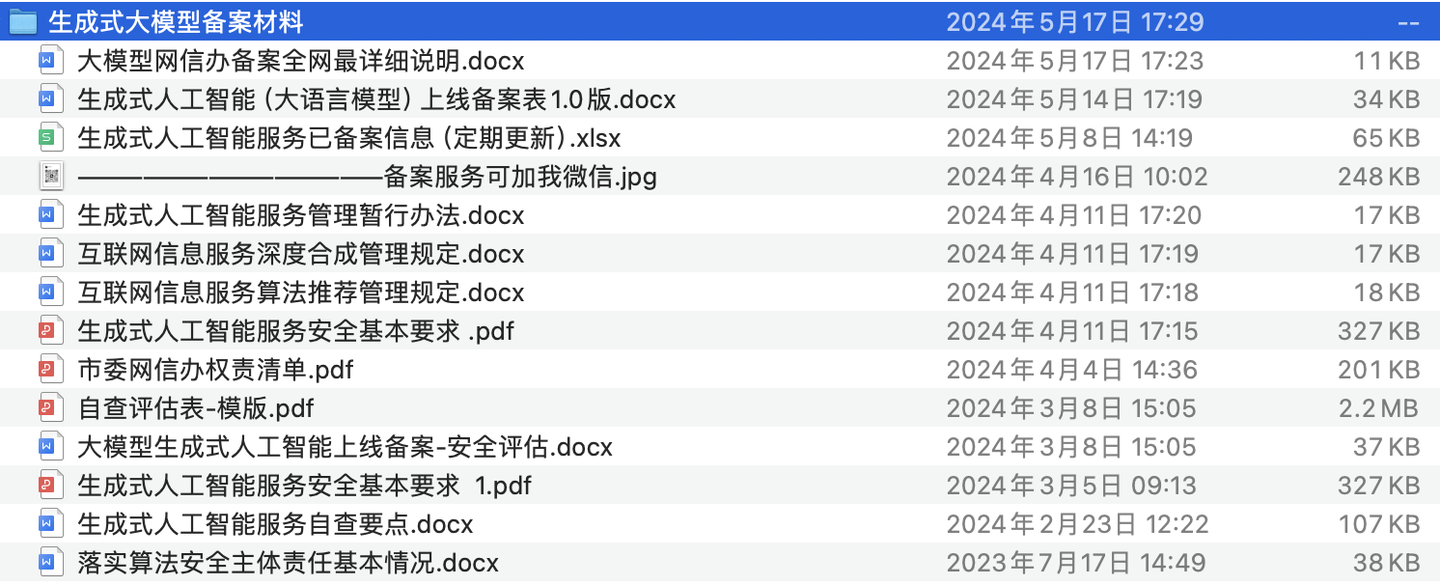
![[STM32]定位器与PWM的LED控制](https://img-blog.csdnimg.cn/direct/31b969f4093f479d8473fa9d0fbe1add.gif)

